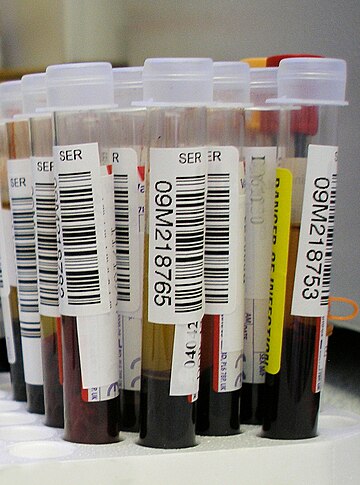In the laboratory world, the test tube symbolizes experiments and discoveries. Whether you’re an experienced lab technician, an aspiring scientist, or a curious student, knowing the intricacies of the various test tube types is essential to conducting successful experiments. This guide will take you through multiple test tubes and their particular applications, the importance of picking the appropriate one and guidelines for handling them properly.
What is a test Tube?
Test tubes are round plastic or glass tubes, usually with an open top. They are the most basic laboratory glassware used to mix, store, or heat small amounts of solid or liquid substances. With different sizes and types available, selecting the right test tube can significantly impact the results.
Standard Test Tubes and their Applications
Glass Test Tubes
The test tube made of glass is an essential part of all labs. It is impervious to chemicals and heat, making it suitable for various uses, including heating substances, culturing, and general storage.
Plastic Test Tubes
Test tubes made of plastic, typically polystyrene, are employed when glass isn’t an option to consider in cases where the chance of breaking is very high or in the purpose of sterile conditions. They are usually disposable and sealable to be used in certain types of reactions as well as stored.
Culture Test Tubes
Specially designed for cell-culture work, test tubes for culture come in sterilized packaging to prevent contamination of sensitive cells or other organisms. They can be made of plastic or glass, typically with growth zone markings to provide the purpose of reference.
Centrifuge Test Tubes
It is crucial to take down the components of liquids, like blood and other blood-based liquids, by spinning them in high-speed centrifuge test tubes. They are designed to withstand the rigours of centrifugal force and are available in various shapes and materials suitable for multiple types of centrifuges.
Racks for Test Tubes and Holders for Test Tubes and
Although they are not test tubes by themselves, holders and racks are vital for organization and security in the lab. They can come in different designs, like one or multiple, or flexible to accommodate various dimensions of tubes.
How to Choose the Right Test Tube to Test Your Experiment
Finding the best test tube for your experiment is a matter of weighing several aspects:
- Chemical compatibility
- Sterility needs
- Volume and Diameter
- If centrifugal or heat forces are at play
It is essential to consult your manual for the lab, your instructor, or a knowledgeable colleague to make sure that you are making the correct choice for the purpose for which you are using it.
They are properly handling and caring for Test Tubes.
To prevent accidents and to ensure security:
- Be careful when handling glass test tubes to avoid breaking
- Always make sure you have the correct personal protection equipment
- Do not use direct heating to an enclosed tube
- Beware of sudden temperature fluctuations to prevent cracking
- Responsibly use tubes according to lab guidelines
A little attention can go an incredibly long way to prolong the test tubes‘ lifespan and ensure lab security.
Conclusion
The test tube might seem like an ordinary instrument; however, its significance in advancing science is significant. Scientists can conduct more precise and efficient studies when we understand the various test tube types and their functions. Remember that your research is only as effective as the equipment you employ. Make sure to select the right one and use it with caution. If you’re working on the next breakthrough in medical research or just looking into the mysteries of nature using the test tube, it is a reliable tool that you can count on.














Leave a Reply